Your search for "beckmann" matched 12 page(s).
Showing results 1 to 10.
-
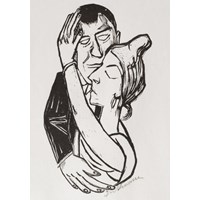 Max Beckmann
Max Beckmann
Max Beckmann (1884-1950) was born in Leipzig and studied at the Weimar Academy before he moved to Berlin in 1905, where he joined the “Berlin Sezession” in 1907 and met Liebermann, Corinth and Slevogt. During the Berlin period, he founded the…
-
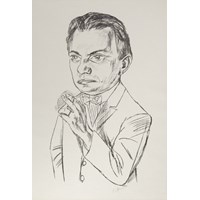 Portrait of Heinrich Simon
Portrait of Heinrich Simon
Heinrich Simon was Editor-in-Chief of the Frankfurter Zeitung, a liberal and democratic newspaper free of party influence. The paper championed modern art, poetry and drama. In 1931, he said: “It is good to remember that time in which the advocates…
-
 The Dancers
The Dancers
No 2. of the “Ganymed-Mappe” portfolio of prints by German artists, published in 1922. Beckmann moves away from the sharper, cynical view of the world seen in many of his other prints, to show a softer side. The dancing couple, typical of thousands…
-
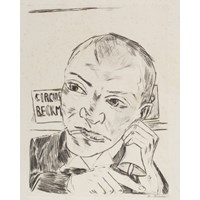 The Circus Barker
The Circus Barker
Plate 1 of The Fair, a series of ten drypoints published by Maier-Graefe and Reinhard Piper in 1922. Beckmann shows himself as a barker, summoning custom to the Circus Beckmann to see the harsh reality of fairground life which is seen as a microcosm…
-
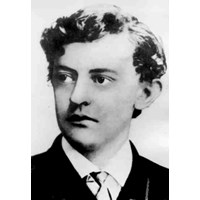 Ernst Barlach
Ernst Barlach
The sculptor, printmaker and playwright Ernst Barlach (1870-1938) was born in Wedel and studied in Dresden, Hamburg and briefly in Paris, where he discovered Millet and Meunier before he moved to Berlin in 1899. A trip to Russia in 1906 inspired…
-
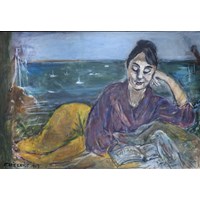 Marie-Louise von Motesiczky
Marie-Louise von Motesiczky
Marie-Louise von Motesiczky was born October 24, 1906 in Vienna, Austria, and died on June 10, 1996 in London, UK . Marie-Louise von Motesiczky has been called ‘The Undiscovered Expressionist’. A pupil of Max Beckmann in the 1920s, she emigrated to…
-
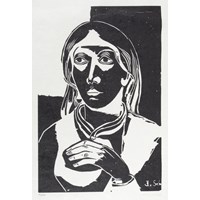 Josef Scharl
Josef Scharl
Josef Scharl was born on December 9, 1896 in Munich, Germany, and died on December 6, 1954 in New York, United States. He was a painter and graphic designer. Scharl trained as a decorative painter at the Munich School of Painters, where he gained…
-
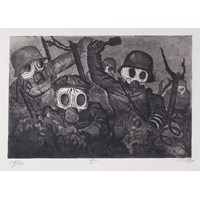 Stormtroopers Advancing Under Gas
Stormtroopers Advancing Under Gas
This is Plate 12 from the series of 50 entitled War, published by Karl Nierendorf in 1924. War is Dix’s best-known printed work, in which he depicted the horror of WWI as he had experienced it. Dix had made over 600 drawings while serving as a…
-
 Report 5 - Future development
Report 5 - Future development
Points covered Assessment of particular strengths of the current Leicester German Expressionism collection. Comparative assessment with German Expressionist collections nationally. Assessment of the German Expressionist art market…
-
 Report 2 - International significance of the collection
Report 2 - International significance of the collection
Points covered An outline of key works and their particular significance within the narratives of German Expressionism. A list of public collections internationally that have closely related works. A list of private collections internationally that…